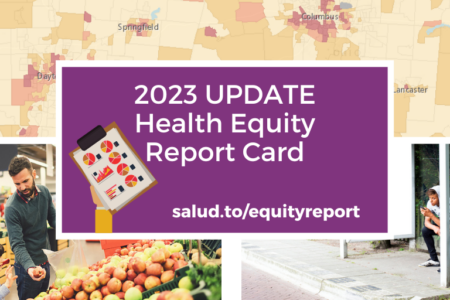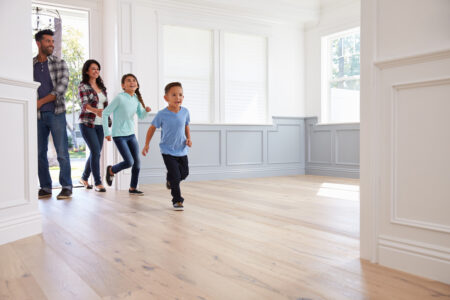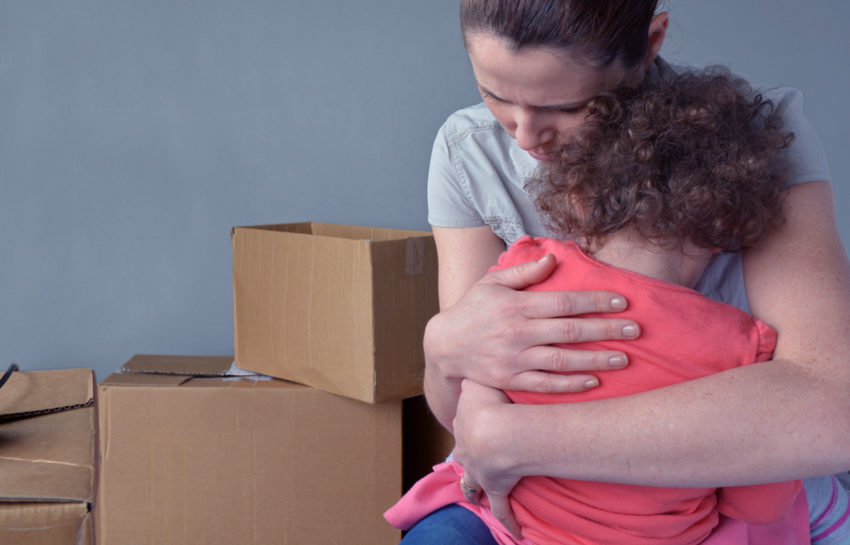
Share On Social!
The number of children living in single-parent households has grown significantly over the past 50 years.
In fact, it has actually doubled — jumping from 13% to 32% in 2017, according to a new Pew Research Center analysis of US Census Bureau data.
High cost-of-living, including necessities such as food and transportation, can significantly impact single parents. Worse, it can prohibit their ability to break cycles of poverty or build substantial wealth.
Single Latino Parents
In the US, there about half of each sing-parent race group are white, roughly 15% are Black, about one-fourth are Latino/Hispanic, and a small share are Asian.
“These gaps are driven largely by racial differences among the large share of solo parents who are mothers,” Solo moms are more than twice as likely to be black as cohabiting moms (30% vs. 12%), and roughly four times as likely as married moms (7% of whom are black). Four-in-ten solo mothers are white, compared with 58% of cohabiting moms and 61% of married moms.”
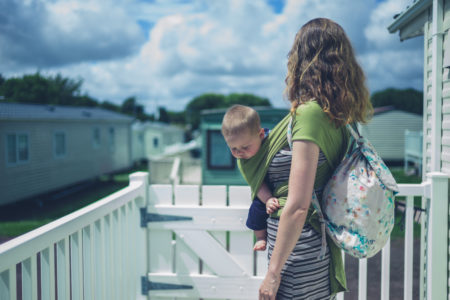
While these numbers go to illustrate the disparities facing people of color, Latinos specifically face significant monetary issues.
“In 2018, 30.8% of Hispanic families with a single mother were living below the poverty level in the United States,” Erin Duffin with Statista writes. “Poverty is the state of one who lacks a certain amount of material possessions or money. Absolute poverty or destitution is the inability to afford basic human needs, which commonly includes clean and fresh water, nutrition, health care, education, clothing, and shelter.”
Moreover, this has an impact on children living in those households, according to a 2019 study published by Child Trends.
“Most Hispanic children under age 18 (57%) lived in poor or near-poor households in 2017—that is, households with income less than 200% of the federal poverty level,” the researchers write.
According to USDA Economic Research Service, “1 in 6 Latino households have at least one person going hungry at some point during the year,” and according to recent reports, 21% of counties with a majority-Latino population fall into the 10% of counties with the highest childhood food-insecurity rates.
Hunger and poverty in the Latino community, especially single parents related to:
- Lack of affordable housing
- Financial insecurity
- Lack of health insurance and access to health care.
- Quality of life and good education
Housing Costs Significantly Impact Latinos Kids
Affordable housing is a critical element of any healthy community.
Experts expect the number of US households to rise to 13.6 million between 2015 and 2025.
Housing has long been recognized as a critical structural determinant of health that significantly shapes health outcomes. Lack of affordable housing has substantial implications for many Latinos and dramatically impacts their quality of life.
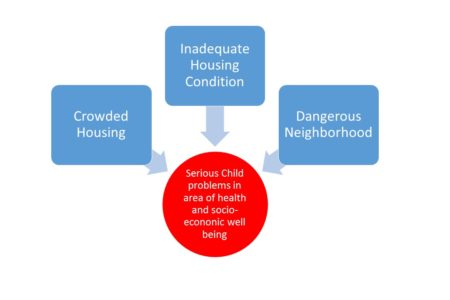
A recent Salud America! research review showed that Latino communities in the US face unaffordable housing, unreliable public transportation, and a lack of green space and parks.
However, making improvements to public housing may not have an impact on any specific healthcare condition, according to data published in the latest issue of Health Affairs. Still, housing quality positively does affect the net quality of life.
The housing costs in many parts of the country complicate housing decisions, as families must weigh tradeoffs among cost, housing quality, and location. Poor and low-income Latino families likely face the most significant constraints on their housing choices, children, are also the most likely to suffer from housing-related problems.
Affordable Housing for Single Parents
Recently many cities and organizations are focusing on single parents’ housing problems and have started initiatives to start affordable housing programs for single parents.
Some of them are listed below.
- McCully (Hawai) will build a new affordable housing complex for single-parent families. There will be 30 units. Rent per family will be about $700 per month or about 50% of the area’s median income.

- The Housing and Community Facilities Programs (HCFP) provides homeownership options to individuals and housing rehabilitation and preservation funding; rental assistance to many single mothers
- The US Department of Agriculture and Rural Development (USDA) has many programs targeting single-family housing loan programs.
- The CoAbode Single Mothers House Sharing helps single mothers find stable housing, get help with caring for their children, and receive the emotional support they need. Each mother must find another single mother to live with, and they split the rent.
Check out more stories on affordable housing and also read our research review on how the state of housing, transportation, and green space affects Latino Health.
LEARN AFFORDABLE HOUSING AND LATINO HEALTH!
Explore More:
HousingBy The Numbers
142
Percent
Expected rise in Latino cancer cases in coming years


